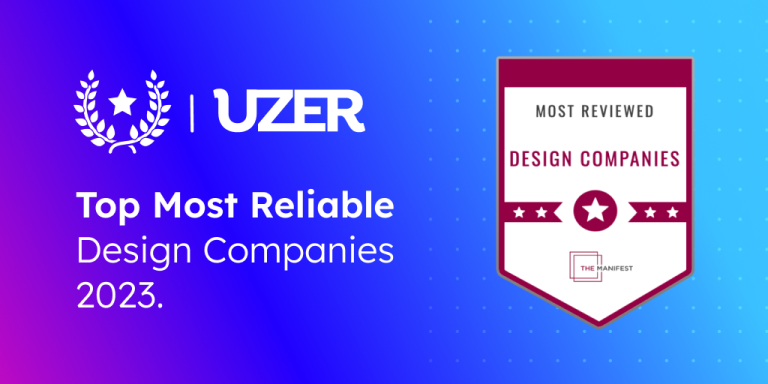Designing a digital experience that meets customer expectations while meeting business objectives involves effort, time, and investment. Investing in UX is investing in business growth. In fact, it has been shown that it is much cheaper to take into account the needs of the user in the earliest stages of design of a product or service, than to address them later or to try to solve them when other important investments have already been made in solution development, marketing and other items.
However, to calculate the ROI of the User Experience (UX), analysis is required and this depends on the approach and objectives of the strategy, since there are different dimensions from which the benefits are measured. Here are some of them:
- Cost reduction: By basing decisions on specific statistics and testing with users, the right path is clear; UX analysis reduces errors, so it reduces work. As a result, production and maintenance costs are lower. These savings should also be considered as a return.
- Increased conversions: A UX-focused design and content can make it easier to purchase on a platform, mainly because analyzing user paths, understanding their needs and points of doubt makes it easier to present options and information that convinces users to convert. As a result, sales or transactions increase. This is the most specific return number.
- Loyalty: A well-designed UX means that the user does not feel the need to visit or buy elsewhere, because the channel meets their needs and does not need to leave. In fact, they’ll come back and repeat. They will become loyal users/customers.
- Particular interests: If the company is concerned about its reputation, for example, a decrease in complaints is also a positive return. While these types of aspects are less tangible, they can be very valuable to each company. Other indicators may include: decrease in customer service calls or an increase in positive feedback.
At the economic level the following benefits are determined:
At the development stage:
- Optimization of the times, a good design allows to clearly define the stages of development of a product.
- Reduction of maintenance costs.
- More accurate estimates, as it is easier to modify, add and/or remove elements, functionalities in the design and conceptualization phases.
- Fewer corrections.
In sales:
- Increased traffic and audience.
- Increased sales.
- Conversions and/or transactions.
- Loyalty.
- Improves user retention and purchase frequency.
- Increased recruitment of new customers.
- Increased market share and improved competitiveness.
In use:
- Improves ease of use and learning ( learnability).
- Increased customer/user satisfaction.
- Increased success rates.
- Improves efficiency and productivity.
- Improves perception.
- Increased trust in the system and brand.
- Increased gratification in development teams.
- Decreased support costs.
- Reduction in training and documentation costs.
All these variables give us numbers, quantifiable parameters, with which we can evaluate the different benefits, economic, time and / or effort, resulting from investing in UX. In this way, they allow us to obtain the ROI, that is, the quantification of the profit, savings or productive increase that is related to a specific investment in UX.
In addition, the UX is not just about design, it is a general strategy. It creates a vision and plan that seeks to delight users and provide tangible business results.
From all of the above, we can say that, in fact, betting on User-Centered Design – Thinking and putting our user/client at the center of our strategy and therefore working and believing in the UX – can bring us multiple benefits for the company’s growth, generating exceptional returns. In addition, today the methodologies we use in UZER such as Lean UX, Design Sprints, Design Thinking, among others lead us to do the job more agile and with a more accurate and abundant user feedback in results.
Finally, let’s remember that businesses that don’t provide a positive experience to their customers are at a competitive disadvantage compared to the many businesses that decided to do so. To keep this from happening to you, at UZER we are here to guide you through our specialized consultants and our innovation and design services from UX.




